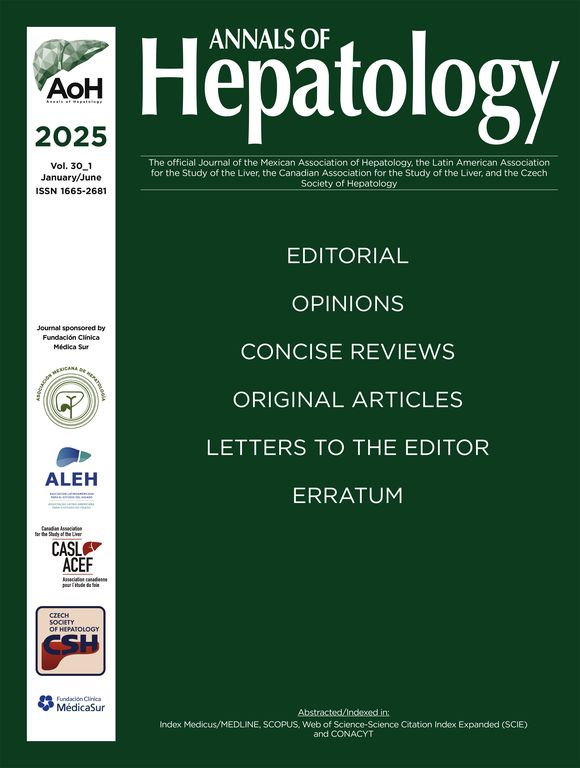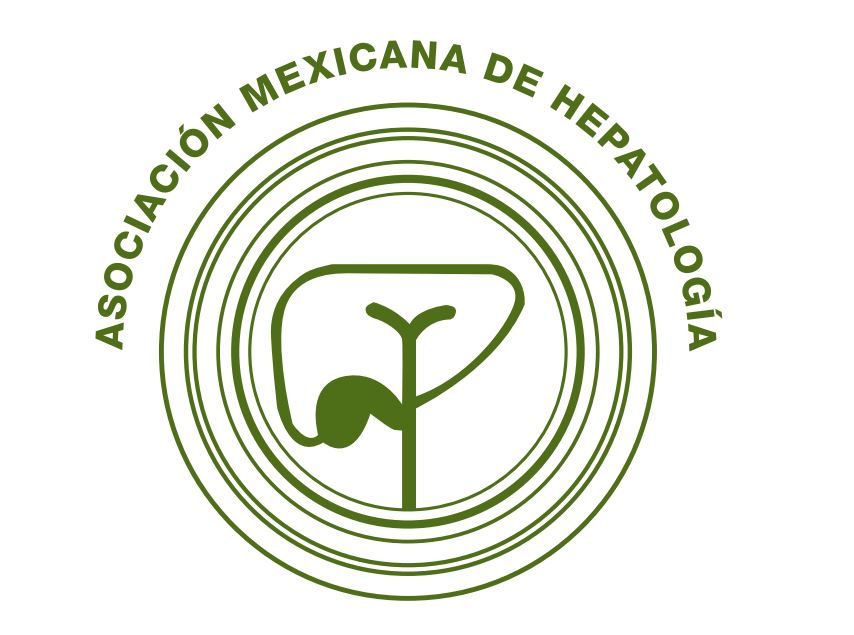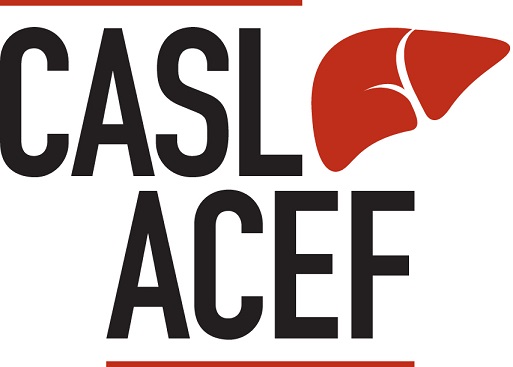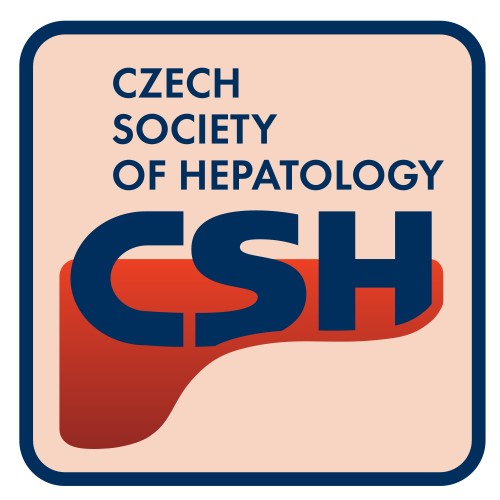
Abstracts of the 2024 Annual Meeting of the ALEH
Más datosNo
Introduction and ObjectivesMetabolic-associated steatotic liver disease (MASLD) is prevalent and linked to comorbidities such as obesity, diabetes, and hypertension. This study aimed to conduct a fatty liver detection campaign as part of a linkage to care program for MASLD at Hospital El Cruce in Buenos Aires and to evaluate its association with metabolic comorbidities.
Patients / Materials and MethodsThe community was invited to participate in liver evaluations through a background survey and transient elastography (FibroScan® 530). Adults over 18 years old without known chronic liver diseases, excluding MASLD, were included. Patients were classified by CAP into steatosis positive or negative, and significant fibrosis defined as >7 kPa and advanced fibrosis as >15 kPa. Data on BMI, diabetes, hypertension, and dyslipidemia were collected. Patients with significant alcohol consumption were excluded and followed up. Statistical analyses included Student's t-test, chi-square test, and Fisher's exact test.
Results and DiscussionFrom March 6 to July 5, 2024, 321 evaluations were conducted. Of these, 62.1% were women and 37.9% men (p = 0.07). The mean age was 56 ± 11.3 years, 58.4 ± 10.9 years for women, and 54 ± 11.6 years for men. Moderate to severe steatosis was observed in 85.2% (273/321) of patients. Additionally, 22.1% (71/321) had significant fibrosis and 6.5% (24/321) had advanced fibrosis. The median BMI was 34.6, with 82.1% presenting obesity, 13.7% overweight, and 4.2% normal. Comorbidities included diabetes (47.4%), hypertension (42.1%), and dyslipidemia (30.5%). The combination of obesity and diabetes was more common in patients with advanced fibrosis compared to those with significant fibrosis (62.5% vs. 32.4%, p = 0.051).
ConclusionsThis study highlights the high prevalence of significant and advanced fibrosis in MASLD patients, by. The strong association between obesity, diabetes, and advanced fibrosis underscores the need for early detection and targeted interventions in high-risk populations. Managing these comorbidities is crucial for improving outcomes in MASLD patients.








